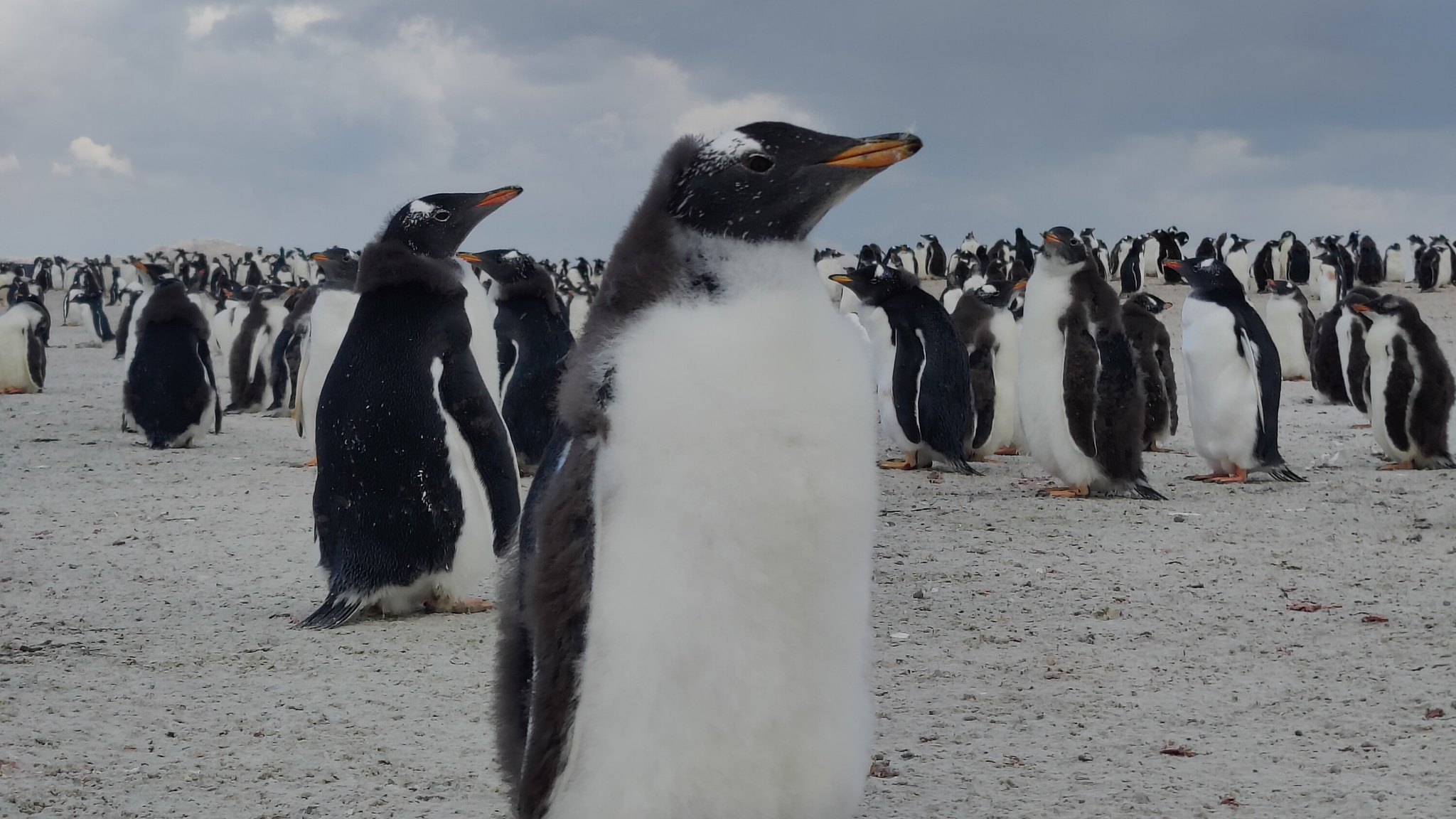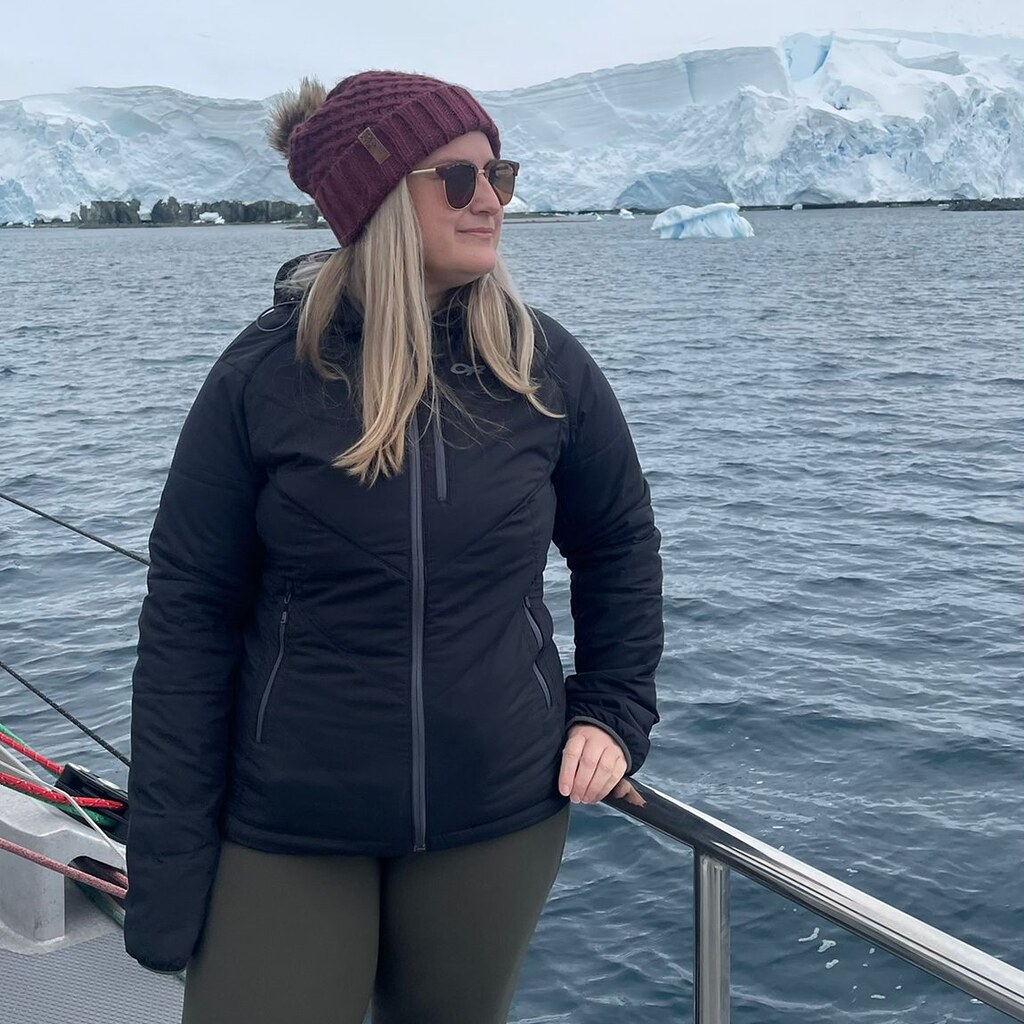
This includes analysing samples of blood and droppings from the birds to identify which viruses and parasites are present in their bodies, as well as how their diets and ecological associations are adapting as climate change affects prey availability. The effects of climate change are an especially pressing issue for the Antarctic Peninsula, where temperatures rose by an alarming 3°C between 1970 and 2020.
“What we would expect as things warm up is that new parasites and diseases might be able to move further south into areas such as Antarctica, where they weren’t before,” explains Jane. “That’s what we think is maybe happening, but no one’s really monitoring it. It’s definitely something we need to look at and see if certain diseases might be a new problem for penguins in the future.”
This information will then help scientists to identify penguin species that may be particularly vulnerable to the effects of climate change and aid in future conservation work.
Jane continues: “Our results from the trip will help to establish a baseline, and hopefully I’ll be able to go back every few years and keep sampling to see how things are changing over time.”
During the trip, the team collected over 500 samples of penguin droppings, as well as around 200 blood samples. They are now preparing to analyse the DNA from these, which will reveal an amazing level of detail. For example, the pathogens present in the faeces can be compared with infection markers in the same bird’s blood, which can show whether they are actually ill as a result.


